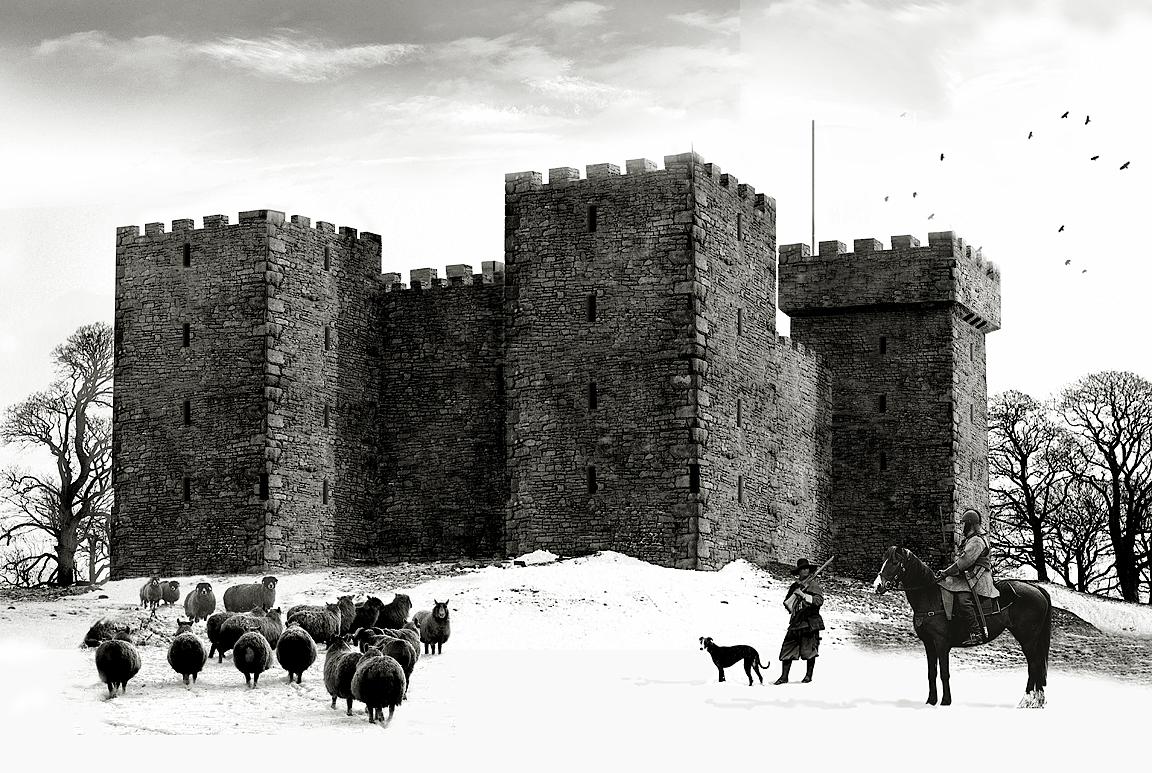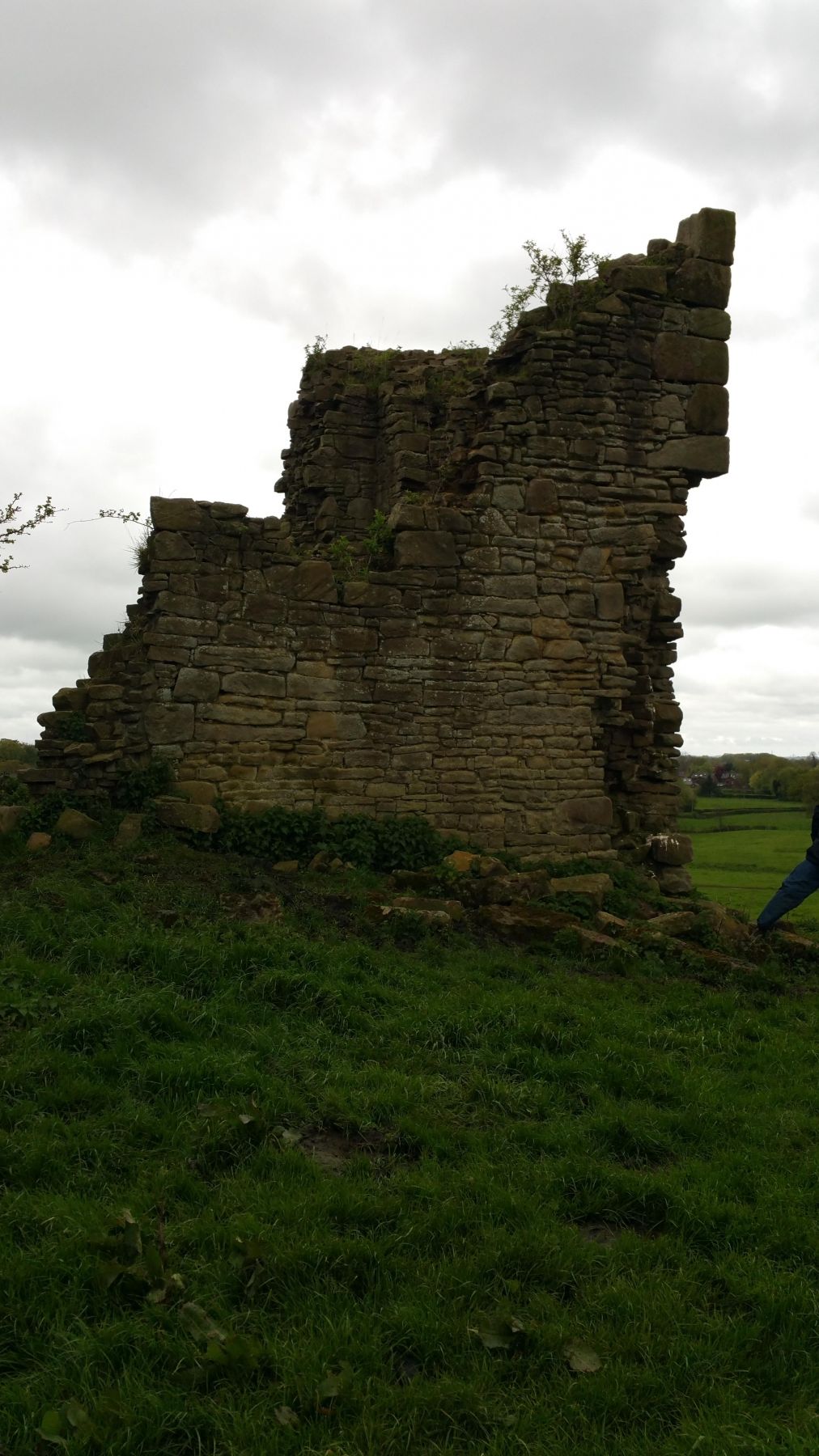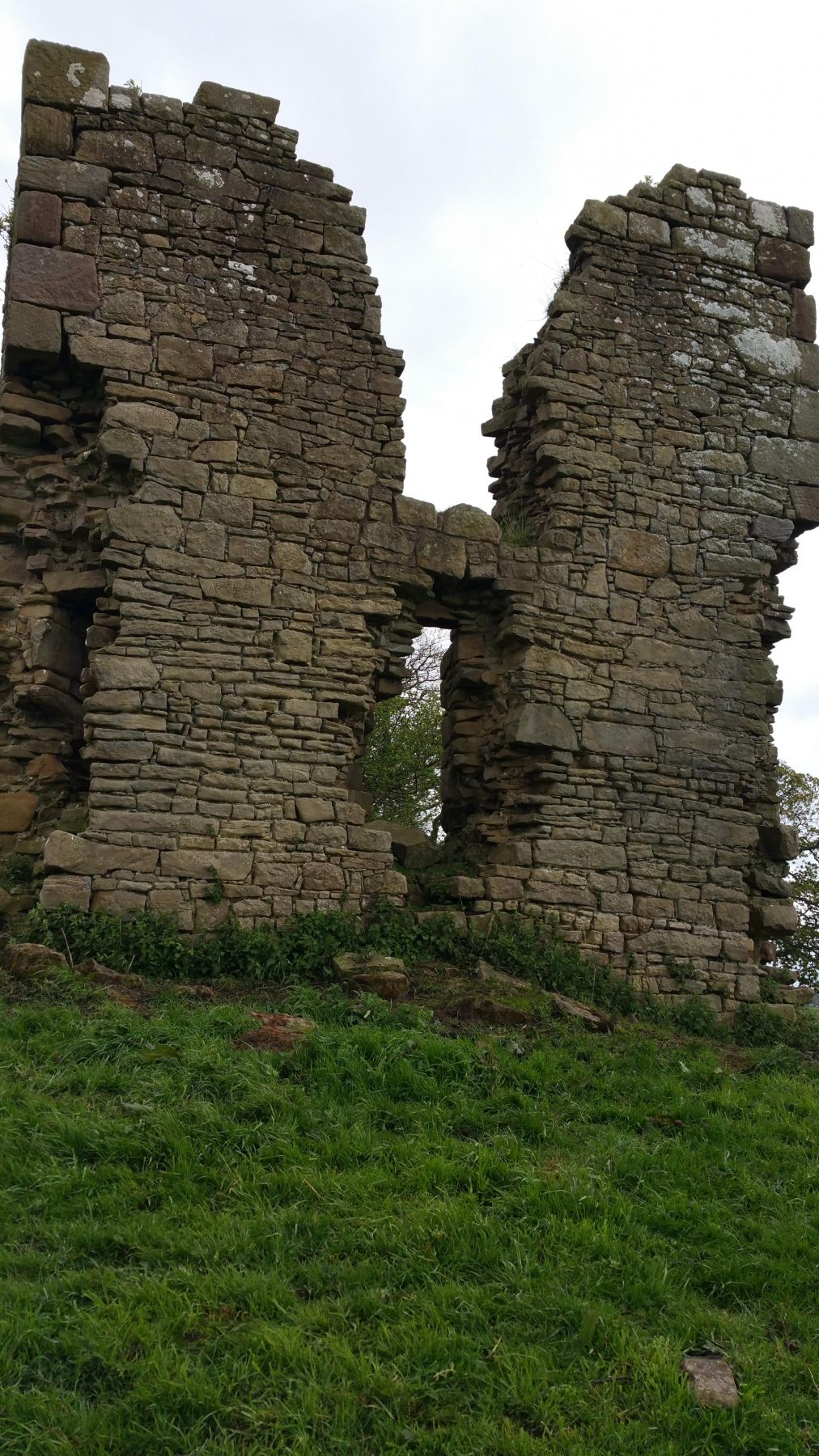Explore Further: Greenhalgh Castle
A Tower in Ruins Take me here now
Local Historian Paul Smith talks about the history of Greenhalgh Castle and Civil War in Lancashire.
Make sure your volume is on: "Greenhalgh Castle"
An old ruin on a small null of land, is the remains of what was once called Greenhalgh castle. And Greenhalgh means green hollows because just beyond the site of the castle, there was a pronounced dip in the land, which is now the location of a farm. The castle has an interesting history, and for a brief period it brought national affairs to our own back doorstep because in the English Civil War, it was a subject of a siege.
The building itself was erected over two years, between 1488 and 1490 by the first Earl of Derby, who had given his pledge of an army and support to Henry Tudor in 1485 at the famous Battle of Bosworth field. And his reward was large tracts of former estate across the northwest of England, including that of Garstang.
And when the castle was built, its towers were more than 60 feet in height. It contained an armory, a blacksmith shop, and a portcullis, which faced a moat that surrounded the building. But the ruin we see today is only 10% of what was a large building.
Then of course came the English Civil Wars. And in the period 1644 to 1645, Colonel Dodding's private regiment who were of course parliamentarians laid siege to the castle, trapping about 200 royalist soldiers. They also decided to trace the water supply to the castle and sealed it off, leaving the poor royalist inside starved of water. And after 12 months of a long, protracted siege, the royalist decided to give up and the men came out with a white flag to give themselves up to the parliamentarians outside.
Meanwhile, the town of Garstang was surrounded by many of the so-called round heads, who occupied many of the old buildings that we see in our streets. And they were not always welcome. Soldiers being soldiers took an interest in only two things, wine, women or food, not necessarily in that order. And when the civil Wars came to an end, they gradually made their way out and the people of Garstang sighed a breath of relief.
However, the castle was demolished by order of Cromwell in 1649, and it came as a mixed blessing to Garstang because what they ended up with was a ready supply of stone ready cut in a large quarry. And within the space of 200 years, 90% of it was spirited away and used to rebuild the town. In fact, most of Greenhalgh castle is the marketplace and the high street.
This page is part of Garstang Heritage Trail


